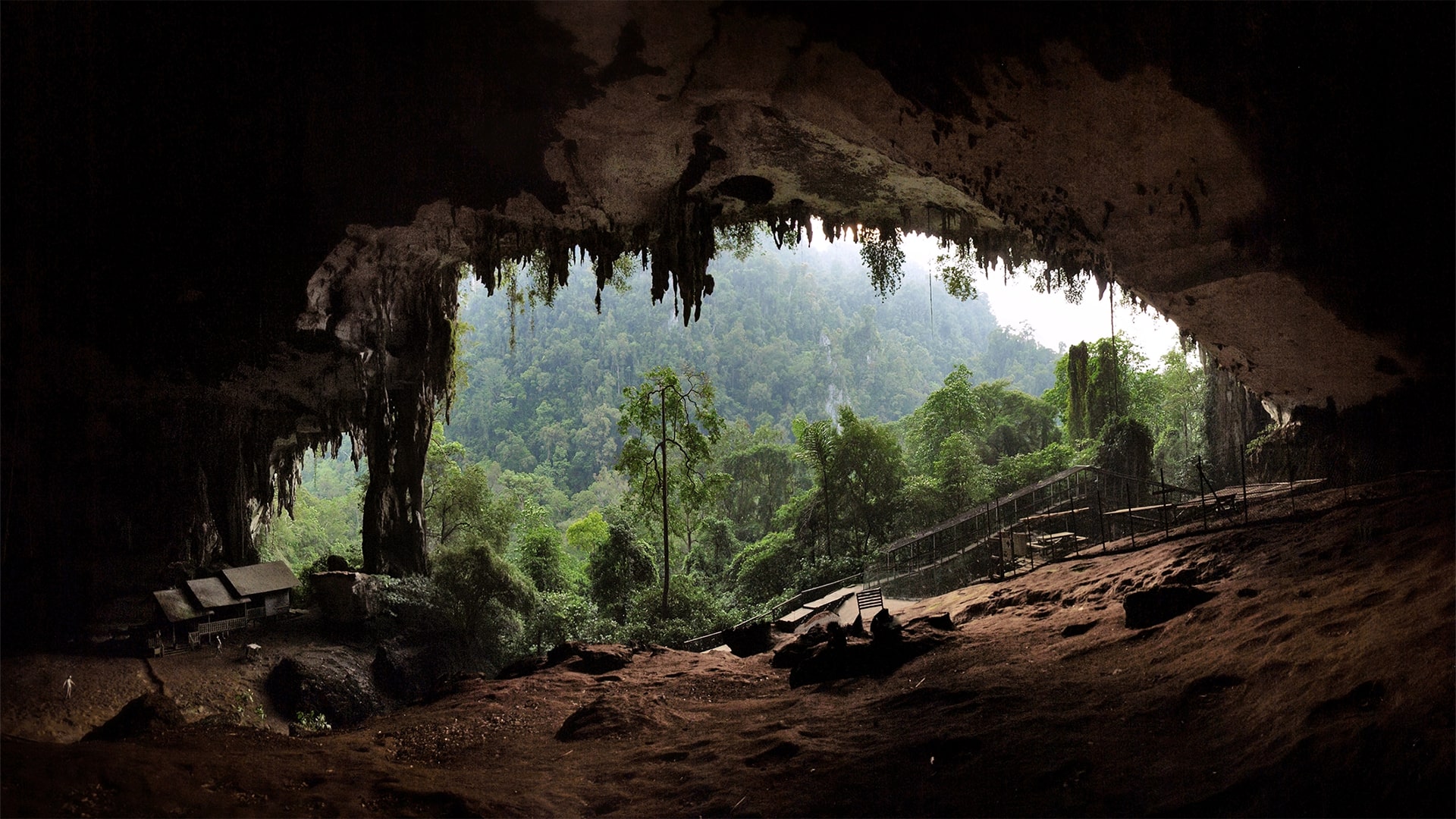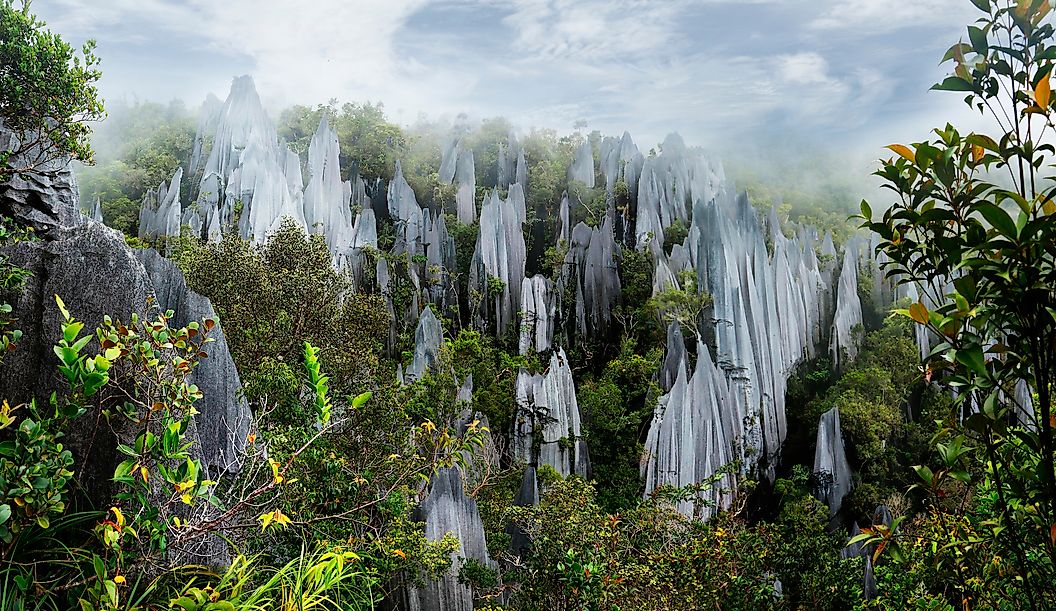Sarawak's Gua Niah Officially Recognised As A UNESCO World Heritage Site
The limestone cave complex has yielded one of the oldest human remains discovered, as well as many artefacts.
Niah National Cave Complex in Sarawak has been officially recognised as a World Archaeological Heritage Site by the United Nations Educational, Scientific, and Cultural Organization (UNESCO)
The Tourism, Arts, and Culture Ministry (MOTAC) announced that 21 members of the World Heritage Committee granted the prestigious recognition during their 46th session in New Delhi, India, from 21 July to 31 July.
The nomination process for Niah National Cave Complex as a UNESCO site began in 2019, with the tentative list of documents submitted to UNESCO on 22 January 2021. The official documents were submitted to UNESCO Secretariat in Paris on 31 January 2023.
Niah National Cave Complex, also known as Gua Niah, is the site of some of the oldest human remains discovered in Southeast Asia, making it a significant archaeological and historical landmark
The limestone cave complex has yielded extensive evidence of human occupation, including a skull estimated to be 40,000 years old, as well as artefacts, paintings on the cave walls, boat-shaped coffins, and ornaments made of bone, stone, or clay.
These findings offer valuable insights into the culture and technology of early inhabitants, reaching back into the Palaeolithic era (the earliest part of the Stone Age).
With this latest recognition, Malaysia now boasts five UNESCO World Heritage Sites
These include Mount Mulu National Park and Kinabalu Park (2000), the Straits of Melaka Historic Town and George Town (2008), and Lenggong Valley Archaeological Heritage (2012).
"Besides promoting and highlighting national heritage sites at the global level, this recognition also shows Malaysia's commitment to protecting local heritage sites.
"Indirectly, this recognition will also increase Malaysia's visibility in the eyes of the world, thus making Malaysia a preferred destination for tourists," said a representative from India, who chaired the session.
Malaysia is currently working to nominate several other areas as UNESCO World Heritage sites, including FRIM Forest Park Selangor, Royal Belum State Park, and the National Leprosy Control Centre.


